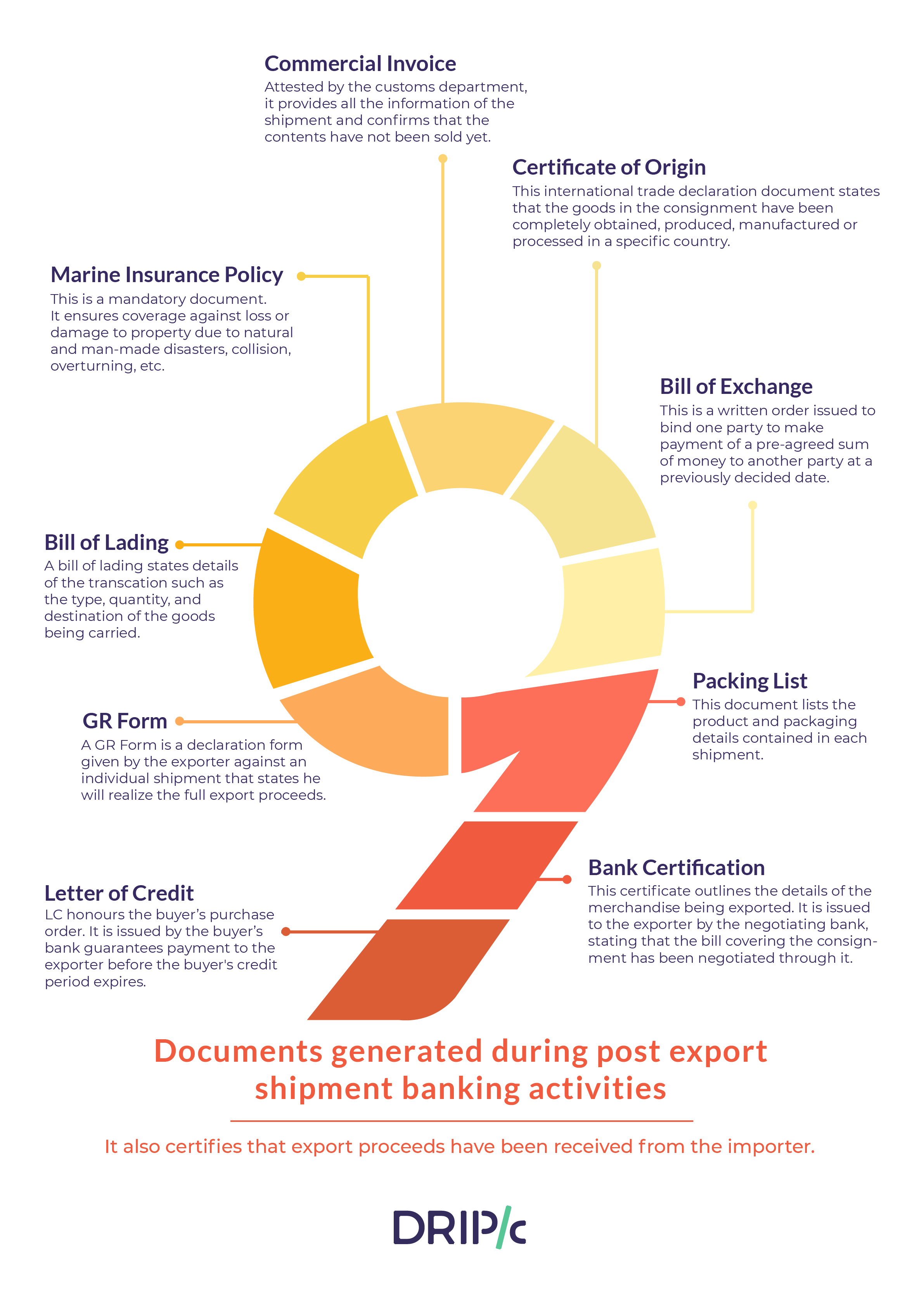An export exercise can only reach completion if the exporter has successfully delivered the consignment following the export contract and in exchange received full payment for the goods.
An export order is the first step to begin the exporting process. Simply put, this is a document that states the exporter and importer have agreed on a bunch of terms and conditions prior to the exporter actually shipping the goods. Many even refer to the Export Order as the ProForma Invoice or a Letter of Credit.
The exporter must check the Export Order (EO) carefully. Only if the exporter is satisfied with it, should he refer to the terms and conditions of the agreement and carry out all relevant activities basis that.
Under the export credit scheme by the Reserve Bank of India (RBI), the exporter can seek a line of pre-shipment credit to finance their working capital requirements. Once manufacturing has been completed, or the goods are procured, the exporter needs to obtain the clearance from central excise duty.
This is followed by a pre-shipment inspection by Indian customs authorities as per the Government of India’s notification. The designated body issues a certificate before the goods are shipped. On completing this process, the exporter appoints clearing and forwarding agents.
The primary role of these forwarding agents is to pack, mark and label the consignments, arrange for transportation to the port of departure and obtain the necessary clearances for shipment overseas. They also need to procure all the necessary documentation to process the shipment towards clearance.



